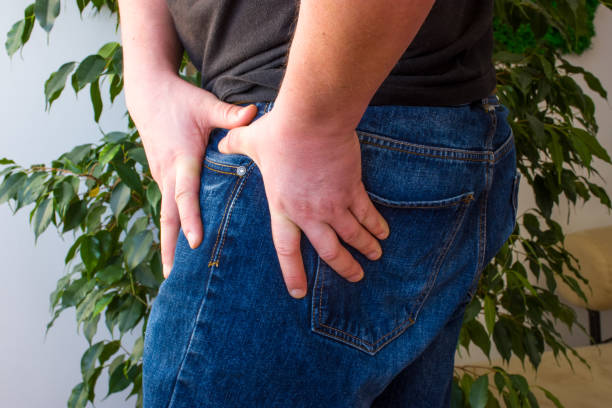Hip bursitis is a common condition that affects the hip joint and causes pain, swelling, and discomfort. The hip joint is a ball-and-socket joint that is supported by several small fluid-filled sacs known as bursae. Bursitis occurs when these sacs become inflamed due to overuse, injury, or medical conditions such as arthritis.
Hip bursitis is a painful condition that can interfere with your daily activities and make it difficult to move or exercise. In this article, we will discuss the symptoms of hip bursitis, the causes, and the available treatment options.
Symptoms of Hip Bursitis
The symptoms of hip bursitis can vary depending on the severity of the condition and the underlying cause. Some of the most common symptoms include:
Pain: The primary symptom of hip bursitis is pain in the hip joint, which can be sharp or dull and may be felt in the front, side, or back of the hip. The pain may be worse when you are walking, standing, or lying down.
Swelling: Another common symptom of hip bursitis is swelling in the hip joint, which can be noticeable to the touch or visible as a bump.
Stiffness: People with hip bursitis may also experience stiffness or a limited range of motion in the hip joint, which can make it difficult to move or exercise.
Redness: In some cases, the skin over the hip joint may become red and warm to the touch, indicating that the bursae are inflamed.
Tenderness: People with hip bursitis may also experience tenderness when they touch or apply pressure to the hip joint.
Causes of Hip Bursitis
Hip bursitis is typically caused by overuse or repetitive movements that put pressure on the hip joint. Some of the most common causes include:
Sports: Athletes who participate in high-impact sports such as running, soccer, or basketball are more likely to develop hip bursitis due to the repetitive motions and stress placed on the hip joint.
Direct injury: A direct injury to the hip joint, such as a fall or a blow, can cause hip bursitis by damaging the bursae.
Medical conditions: Medical conditions such as arthritis or gout can also lead to hip bursitis by causing inflammation and swelling in the hip joint.
Poor posture: Poor posture can put additional pressure on the hip joint and increase the risk of developing hip bursitis.
Treatment for Hip Bursitis
The treatment for hip bursitis depends on the underlying cause of the condition and the severity of the symptoms. Some of the most common treatments include:
Rest and ice: Resting the hip joint and applying ice to the affected area can help reduce pain and swelling.
Anti-inflammatory medications: Over-the-counter anti-inflammatory medications such as ibuprofen or naproxen can help reduce pain and swelling.
Physical therapy: Physical therapy can help improve range of motion and strengthen the muscles around the hip joint, reducing the risk of further injury.
Cortisone injections: Cortisone injections can be used to reduce inflammation and pain in the hip joint.
Surgery: In severe cases of hip bursitis, surgery may be necessary to remove the damaged bursae and relieve pain and swelling.
In conclusion, hip bursitis is a common condition that affects the hip joint and causes pain, swelling, and discomfort.

 Home
Home Health
Health Diet & Nutrition
Diet & Nutrition Living Well
Living Well More
More












